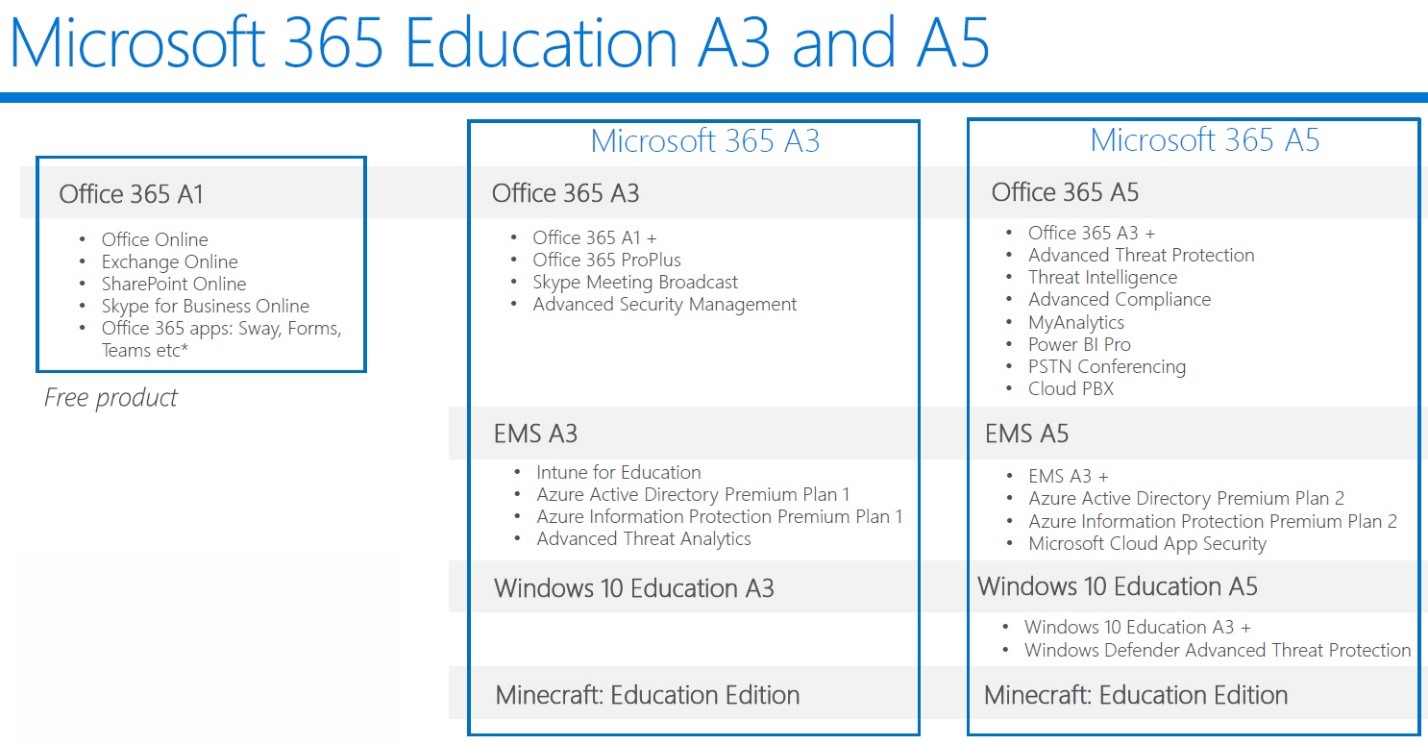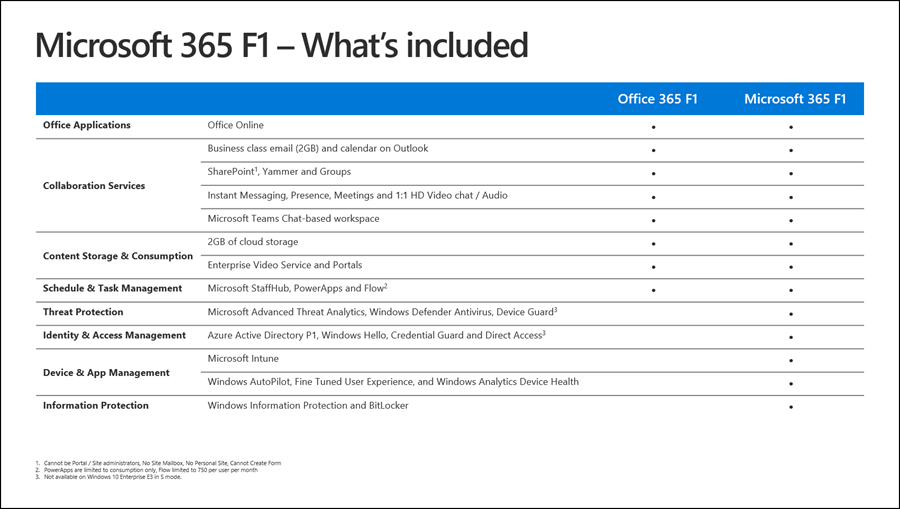Microsoft Ignite 2019 Announcements: Microsoft Teams: Part 1
 Tuesday, November 05, 2019
Tuesday, November 05, 2019- By : Mike Maadarani
 0 comment
0 comment
As we already know, Microsoft Teams is the grand central station for collaboration and business processes for all users, whether internal or external that are associated with that organization.
At today’s session of Microsoft Ignite 2019, there were some big announcements for Microsoft Teams. These new and innovative enhancements will provide new capabilities to Teams by providing and responding to the dynamic and evolving needs of both users and their organization.
New features to Teams provide users the abilities to customize Team conversations and experiences, manage conversations, tasks and files from other Microsoft 365 apps that are within Teams, conduct effective meetings, provide easier access to Teams for Firstline Workers, enable industry-specific scenarios in healthcare and other industries, manage Teams and protect data with new planning and administration tools, and use Power Platform within Teams to automate workflows, data insights, and integrate custom apps.
The real excitement comes when we look at each of these a little closer but because Teams is evolving so much, we will cover these new features and enhancements spanning over three articles. Now, for the Teams excitement!
Customizing Team Conversations and Experiences
1. Private Channels: Within existing Teams, users will be able to create channels that can be accessed and viewed by select members of that Team. Creating a Private Channel can be accomplished by selecting Private under the Privacy Settings of the new channel;
2. Multiwindow: Streamlining workflows, users in Teams will be able to open separate windows for chats, calls, documents, and meetings;
3. Teams Client for Linux: Teams Client for Linux will support Linux users with calls, chats, and meetings with other members on Teams who are not Linux based. Users who use Linux client at work or educational institutions will be able to install native Linux packages in .rpm and .deb formats;
4. New Messaging Extensions: Available in Teams chat and channel conversations, the new messaging extensions include Polls and Surveys. These can easily be accessed in the chat or channel by clicking the “…” at the bottom of the compose message box, soliciting instant feedback for shared items or questions; and
5. Pinned Channels: Who doesn’t like pinning?!? Pinning channels allows the user to pin their important channels at the top of their Teams list for quick and easy access.
Managing Conversations, Tasks, and Files from other Microsoft 365 Apps Within Teams
1. Outlook and Teams – A New Integration: In Outlook, the user can now move an email conversation, including attachments, into a Teams chat or channel by clicking on Share to Teams. A conversation can also be shared from Teams to Outlook (reverse of above) by clicking on the More options, the “…” icon, in a conversation. This makes collaboration much easier as it no longer matters where the conversation is taking place.
Missed an activity in Teams? No worries. Actionable emails, missed activity emails, will be sent to the user. These actionable emails will allow the user to respond directly from the email, which shows the latest replies from the conversation;
2. Tasks in Teams: Within Teams, the user’s tasks across Microsoft, such as To Do, Planner, Outlook, and Teams channels, are consolidated to provide a unified view of both personal and assigned tasks. Users will be able to choose the view that works best for them. These views include lists, charts, schedules, and boards. With smart views, the user will see assigned tasks along with the start and due date as well as the priority of the task; and
3. Yammer App for Teams: Accessible within Teams, Yammer communities, live events, and conversations not only provide current information to users but also the opportunity to participate in organization-wide conversations. Users and IT Admins can pin the app on the left navigation rail in Teams, thereby providing easy and clear access.
These updates and additions are focused on the user and their experience in Teams; however, as we know, Teams is multi-faceted and serves users in many fashions. You will discover in the next article how Teams is being leveraged for meetings and Firstline Workers.

